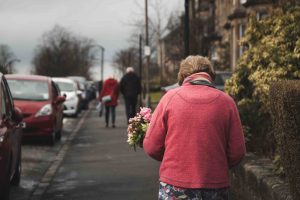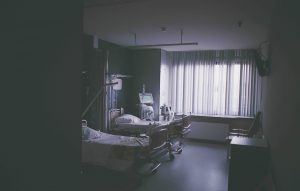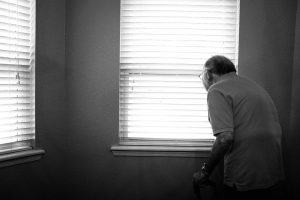 Nursing home evictions have become a serious issue within the larger topic of nursing home abuse and neglect in California and throughout the country. Organizations such as AARP are getting involved in stopping illegal nursing home evictions and questioning the ways in which both federal and state law provides protections to seniors who are being kicked out of facilities. While many commentators are discussing illegal evictions from nursing homes, what about illegal evictions from assisted-living facilities and residential care facilities for the elderly (RCFEs) in California?
Nursing home evictions have become a serious issue within the larger topic of nursing home abuse and neglect in California and throughout the country. Organizations such as AARP are getting involved in stopping illegal nursing home evictions and questioning the ways in which both federal and state law provides protections to seniors who are being kicked out of facilities. While many commentators are discussing illegal evictions from nursing homes, what about illegal evictions from assisted-living facilities and residential care facilities for the elderly (RCFEs) in California?
All of this talk about unlawful nursing home evictions begs the question: What are an elderly person’s rights when it comes to evictions from RCFEs? California Advocates for Nursing Home Reform (CANHR) provides a fact sheet on RCFEs and eviction protection. We want to discuss RCFE evictions with you and help you to understand steps to take when an elderly loved one becomes vulnerable.
What are the Lawful Reasons that an Elderly Resident of an RCFE can be Evicted?
 California Nursing Home Abuse Lawyer Blog
California Nursing Home Abuse Lawyer Blog


















